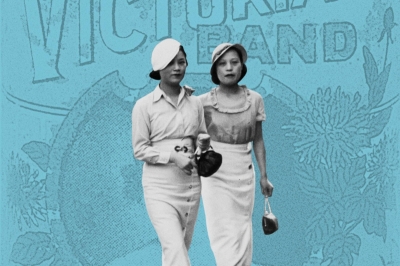The government should take effective measures targeting people in their late 20s and early 30s over the next five years to reverse Japan's falling birthrate, according to a white paper released Friday.
The Cabinet Office compiled the nation's first report focusing on Japan's status as a society with a low birthrate.
With those who were born during the nation's second baby boom period between 1971 and 1974 now in their late 20s and early 30s, the number of women in the 25-34 age bracket here will stay at 8 million to 9 million until around 2010, according to the report.
If each woman in this group gives birth to two children, Japan's birthrate may turn upward, the report says.
The nation's birthrate has been declining for nearly three decades and hit a record low of 1.29 in 2003.
To achieve its goal, the government plans to update the New Angel Plan -- a current plan aimed at addressing the problem -- by the end of this year and start implementing programs proposed in the new plan from April, Cabinet Office officials said.
The updated plan is expected to include measures designed to help more young people obtain permanent jobs by learning better skills, to allow parents to take longer childbearing leave and to provide improved nursing care for preschool children.
Japan's population is predicted to peak at 127.74 million in 2006 and begin contracting in 2007. If this trend continues, the population may decrease to 100.59 million or fewer in 2050, according to the National Institute of Population and Social Security.
This scenario could have a negative effect on the nation's economic development, the white paper says.


















With your current subscription plan you can comment on stories. However, before writing your first comment, please create a display name in the Profile section of your subscriber account page.